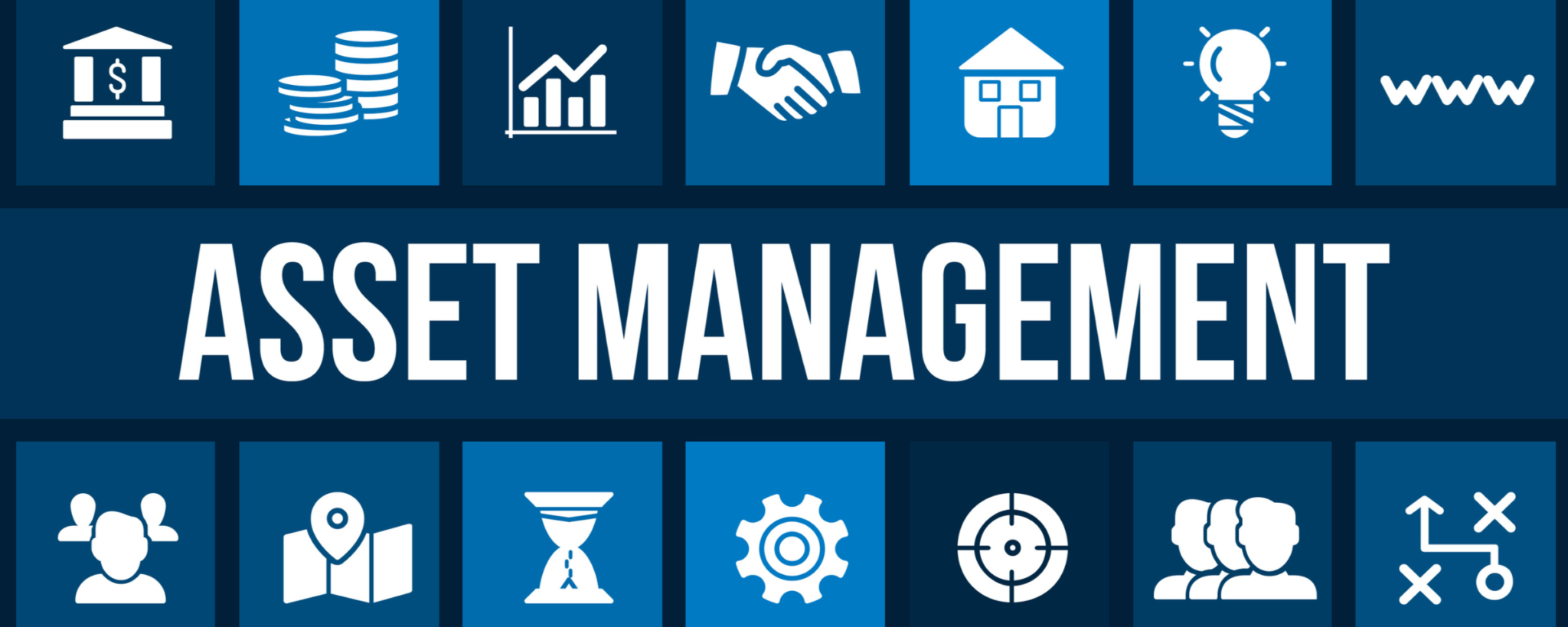Picture this: you’re guarding a fortress full of digital gold, and to keep those sneaky cyber bandits at bay, you’ve got to know every nook and cranny of your stronghold. That’s where the mystical art of asset inventory comes into play!
What’s an Asset Inventory, Anyway?
Imagine you’re hosting a potluck (bear with me, I promise this makes sense!). Everyone’s bringing a dish, and you need a master list to avoid ten versions of potato salad. In the digital realm, an asset inventory is your potluck list, but instead of dishes, it’s a lineup of your company’s gadgets and gizmos (hardware) and the spells they run on (software). Knowing what you have is step one in preventing those cyber pests from crashing your party.
Learn more about asset managment in our podcast episode: Navigating Asset Management And Compliance With Marie Joseph, Trava.
Hardware and Software: The Digital Yin and Yang
While we’re decoding this cryptic business, let’s dissect the differences between hardware and software inventories. Hardware assets are the knights in shining armor; they’re tangible, touchable, like laptops and routers. On the flip side, software assets are the magicians; they’re intangible spells that make the hardware do incredible feats, like a scheduling app or antivirus protection. Both are crucial characters in the story of cybersecurity.
The Boon of a Comprehensive Asset Inventory
Why’s it so important, you ask? Imagine if you didn’t know you had a secret passageway in your fortress. Sounds like an invitation for trouble, right? Same goes for digital assets. Neglect to account for even one, and you’ve rolled out the red carpet for villains to waltz right into your network and pilfer your digital treasures.
Shadow IT: The Rogue Asset
Now, let’s chat about “shadow IT.” Sounds spooky, doesn’t it? It’s the tech equivalent of your sneaky cousin sneaking extra chips into the potluck. These are the unauthorized devices and apps that employees use without telling your IT wizards. They sound harmless but can unwittingly unlock gates for malicious marauders.
Maintaining Your Arsenal: Compliance and Asset Inventories
When it comes to compliance, think of it as a royal decree. Most magical cybersecurity scrolls (read: industry regulations and standards) want you to keep your inventory updated like a meticulous librarian. Why? To ensure your protective spells (security measures) cover every last tome (endpoint) in your library (network).
BYOD: The Double-Edged Sword
Let’s not forget the popular trend of BYOD – Bring Your Own Device. It’s like a costume party; everyone shows up in their unique outfit (device), which can be fun but a bit chaotic to manage. While it cuts costs and boosts morale, it can muddle your asset tracking efforts, turning your inventory into a guessing game of “Who’s wearing what?”
Automation to the Rescue!
Thankfully, we’re not stuck in the dark ages. Automated tools are the trusty steeds that help streamline this daunting task, ensuring continuous compliance without needing periodic fire signals. They remind you when to update your list and alert you when a device goes rogue – talk about a loyal companion!
Our rallying cry: your asset inventory may seem like a mundane scroll, but in the hands of a wise leader, it’s a powerful grimoire that shields your domain and keeps malevolent forces at bay. So, muster your wits, inventory every asset, and fortify your cyber citadel.
And remember, fellow guardians of the digital realm, understanding your assets is not just the IT court’s decree but a kingdom-wide crusade. Ready your pens and parchment, and may the inventory be with you! Keep your cyber swords sharp, your inventories updated, and your networks secure – until our paths cross again on this wild journey of cybersecurity enlightenment!


